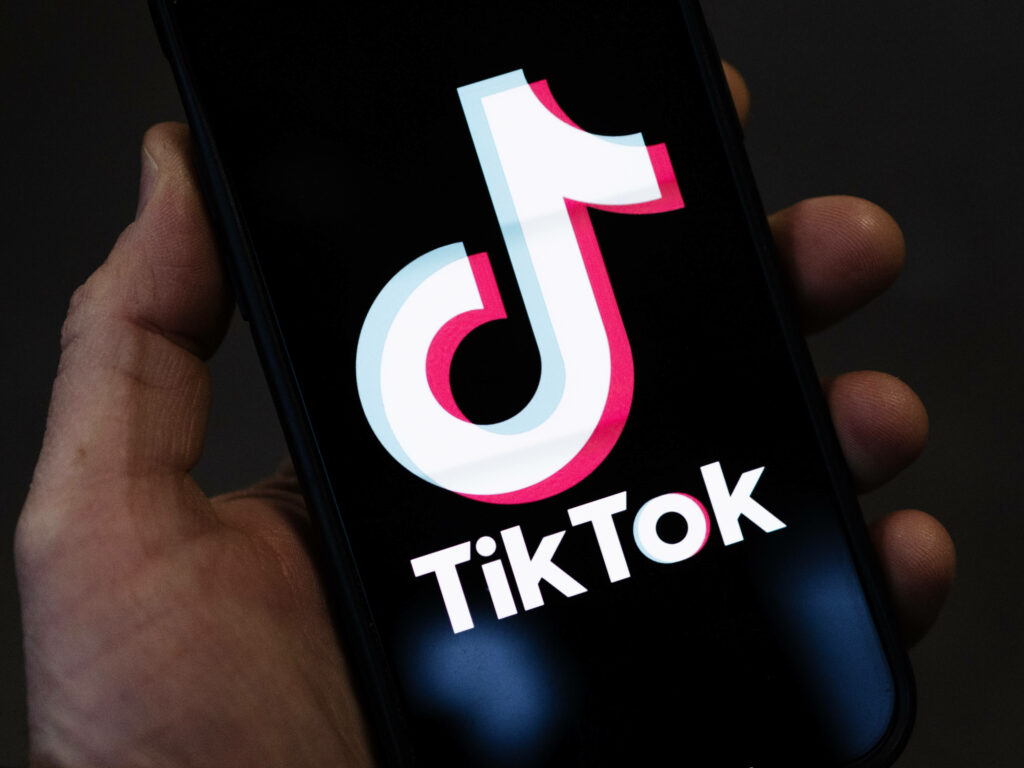Businesses of all sizes pay a premium on their social media strategy. They know the significant return their investment can yield. We are talking about traffic growth, a stronger brand reputation, and meeting the needs of their target audience.
Consider this: According to a CMO survey, every marketer across various industries in 2022 considered increasing their long-term social media marketing budget.
That’s understandable since, in a recent shift, social media advertising grew 25% year-over-year, reaching over $137 billion. That surpasses paid search advertising, which stood at $135 billion. Consequently, we see that a robust strategy is non-negotiable.
However, the keys to a successful social media marketing strategy include engagement, analytics, and advertising channels. Not surprising as no two social media channels are the same. Each platform has its unique user base and features. Recognizing these will do your business a lot of good.
In this guide, we’ll define social media strategy and the features of social media analytics. We’ll also see how to increase engagement and the benefits of social media advertising. Read on!
Table of Contents
What Is a Social Media Marketing Strategy?

A social media strategy outlines the steps you or your team follow to meet your company’s digital marketing goals and objectives. It generally includes the choice of content, platforms, and posting schedule. You’d also want to consider your potential customers or target audience when crafting your strategy. This will help you curate relevant content that resonates with them.
Why Is It Important?
A clear-cut strategy enables you to pick out the right networks for your business. Given there are almost 5 billion social media users across the globe in 2023. But that does not mean every one of them is your target audience.
Secondly, sticking to a strategy will help forge a niche for your business in the crowded digital landscape. This ensures your social media efforts are focused and cohesive rather than scatter-shot.
Thirdly, a well-designed social media strategy is a powerful tool that allows you to understand and leverage user-generated content, increasing your engagement rates and providing valuable insights into your target audience’s preferences and behaviors.
Lastly, a solid social strategy enables businesses to make informed decisions based on analytics, guiding where to invest resources, especially regarding social media ads, and how to adapt based on evolving circumstances.
Component of a Social Media Strategy
Now let’s shift focus a bit. It’d be great to look at some good social media strategy elements.
- Understanding Your Target Audience: You must understand the demographics of your audience—such as age, gender, location, and interests. This can help you make informed decisions when planning your social media content strategy.
- Choosing the Right Social Media Channels: There are over a dozen social media channels. But it’s best to select platforms that best suit your business.
- Create Compelling Content: Content is still king, even in 2023. Consequently, your strategy must revolve around crafting valuable content that resonates with your target audience, including blog posts, images, videos, and user-generated content.
- Engagement and Community Management: Prioritize two-way conversations by responding to comments and messages and engaging with your audience’s content.
- Social Media Advertising: Set a budget for social media ads to reach a wider, targeted audience. Monitor ad performance regularly.
- Analytics and Reporting: Use analytics tools to regularly review your social media efforts, gain valuable insights, make data-driven decisions, and prove ROI to stakeholders.
The Benefits of Social Media Advertising
The social network with the largest reach is Facebook, boasting almost 3 billion monthly active users worldwide. However, if you’re looking for a channel with mostly young adults (18-24 years old), TikTok is the place to be. For businesses trying to reach professionals who are millennials, Linkedin fits the bill. Twitter, YouTube, and Pinterest have unique selling points, demographics, and downsides. But getting the most out of all these platforms is where advertising comes in. Social media advertising is when you use paid media for digital marketing on social networks. Here are some of the many benefits:
- Stronger brand loyalty
- Increased conversion rates
- Reach broader audience
- Acquire new leads and followers
- Increase website traffic
- Improve SERP ranking
With more companies increasing their digital marketing budget, it’s safe to say social media advertising is a crucial element of a successful social media marketing strategy.
Key Features of Effective Social Media Analytics
Every industry caters to specific consumers with distinct behaviors and characteristics. The ability to spot these behaviors or trends can mean substantial progress for digital marketers. This is what social media analytics is all about —spotting consumer behaviors and narrowing your social media efforts with the actionable insights obtained. It’s a surefire way to reach a wider audience and those genuinely interested in your business. So what are the key features of effective social media analytics?
They include but are not limited to the following:
- Real-Time Monitoring: Given the rapidly changing digital landscape, this is a no-brainer. You’d want to get powerful tools to monitor social media channels. This enables businesses to respond promptly to any shifts in consumer behavior or emerging trends. Great examples include Hootsuite and BrandMentions®.
- Holistic Data Collection: This feature consolidates data from all social media platforms in one place. This gives marketers a comprehensive view of their online presence and performance.
- Sentiment Analysis: Beyond just numbers, it’s essential to understand the emotions behind the posts, comments, and shares. This feature identifies whether the sentiment around your brand is positive, negative, or neutral, enabling more nuanced marketing strategies.
- Competitive Analysis: You can benefit from knowing your metrics and how they stack up against their competitors. This feature allows for side-by-side comparison, highlighting areas of strength and opportunities for improvement.
- In-Depth Reporting: Effective analytics tools provide comprehensive reports that help assess social media campaigns’ ROI. These reports should be easy to understand and actionable.
What Is Social Media Engagement and How to Increase It?
We’ll know we’ve got a good strategy by looking at our social media engagements—a measure of how the intended audience interacted with our content. Engagement metrics can vary across social networks but generally include content shares, likes, and comments. Messages prompted by your content are also part of the mix. Here are some proven ways to increase social media engagement:
- The Role of Ads: Social media ads can strategically boost user engagement, given they’re targeted effectively.
- Relevance Is Key: Posting relevant content is crucial in grabbing the attention of potential customers and improving engagement rates.
- Monitor Regularly: Regularly tracking your social media efforts helps identify what’s working and what’s not.
- Feedback Loop: Comments and messages from users are essential feedback for refining content and strategies.
- Continuous Effort: Consistency in social media efforts is the key to sustaining and increasing user engagement over time.
Conclusion
A social media strategy is not a one-size-fits-all prescription but a flexible and evolving guide. It is central to ensuring your company’s social media presence is deliberate and cohesive. We’ve discussed how to increase user engagement and the key metrics to track. In the ever-evolving realm of digital marketing, mastering social media branding is paramount. A cohesive brand identity fosters trust, differentiates from competitors, and paves the way for meaningful interactions. As user behaviors and platform algorithms shift, brands must remain adaptable, leaning on analytics and real-time feedback. It’s not just about sporadic engagement but cultivating enduring relationships. The future belongs to brands that can seamlessly blend strategy with authenticity, ensuring visibility and true resonance in a crowded digital landscape.
- Effective Social Media Advertising and Brand Management - October 2, 2023
- Boosting Social Media Engagement: Strategies and Solutions - October 2, 2023
- Mastering Social Media Reputation & Damage Control - October 2, 2023

